National Museum of Qatar
- Viewed - 130
Description
National Museum of Qatar is a national museum in Doha, Qatar. The modern structure opened to the public on March 28, 2019, replacing the old structure that was inaugurated in 1975. The architect Jean Nouvel was inspired by the desert rose crystal found in Qatar while designing the skyscraper. The palace of Sheikh Abdullah bin Jassim Al Thani, the center of Qatari national identity, is located on the museum grounds. Sheikha Amna is the director of the museum as of 2013.
The interactive and immersive National Museum of Qatar (NMoQ) tells the story of Qatar and its people from prehistoric times to the present, bringing the peninsula’s natural history to life, showcasing Qatar’s rich heritage and culture, and articulating the aspirations of a thriving community for the future. The new museum features as its centerpiece the restored historic Palace of Sheikh Abdullah bin Jassim Al Thani (1880-1957), son of the founder of modern Qatar: a building that was formerly both the Royal Family’s residence and the seat of government, as well as the site of the original National Museum. The new structure by Jean Nouvel combines the Palace as well as creative artworks commissioned by Qatari and international artists, rare and valuable artefacts, documentary resources, and interactive learning possibilities.
Collection
A museum tour takes visitors on a circle of galleries that cover three key, interconnected themes. The galleries are loosely organized chronologically, beginning with exhibitions on the natural history of the desert and the Persian Gulf, then moving on to artifacts from Bedouin culture, historical exhibitions on tribal wars, the establishment of the Qatari state, and finally the discovery of oil to the present. The exhibits and installations that explore these topics use multimedia displays with carefully selected items from the museum’s holdings. Approximately 8,000 pieces are now housed in these collections, which comprise archaeological artifacts, architectural components, heritage home and traveling belongings, textiles and costumes, jewelry, decorative arts, books, and historical documents.
The museum’s purpose is to highlight Qatar’s culture, past, and future, expressing Qatari pride and traditions while engaging worldwide visitors in a debate about rapid change and modernization.
Since its inception, the museum has housed things that represent Qatar’s cultural history, including Bedouin ethnographic materials, marine relics, and environmental goods. The museum also has ancient antiquities, the majority of which are indigenous to the area.
Archaeological artifacts
From November 1973 to January 1974, British archaeologist Beatrice de Cardi and her crew were commissioned to conduct excursions throughout Qatar to gather items for presentation in the museum. Their most notable finds were at the site of Al Da’asa, which included several Neolithic Ubaid potsherds. Previously stored at the Doha Public Library, artifacts from earlier Danish expeditions launched in the 1950s and 1960s were also shown at the museum.
After De Cardi’s journey, the museum’s antiquities section assisted with surveys and excavations. They excavated the Al Wusail and Zubarah archaeological sites.
Ethnographic materials
Themes in materials illustrating Bedouin ethnography are diverse. Certain things on exhibit were traditionally used by the Bedouin as tools and weapons, while others are merchandise like as jewelry, ceramics, and garments. The museum displays traditional poetry, including works by Qatari ibn al-Fuja’a and former emir Jassim bin Mohammed Al Thani.
Sheikh Mubarak bin Saif Al Thani submitted the initial written draft of the anthem to the Qatar National Museum in 2015, where it is now on display. It was supposed to be relocated to the new museum once it was finished.
History
Upon his succession to the throne in 1972, Khalifa bin Hamad Al Thani devised plans for a national museum to chronicle the country’s past and customs. That same year, he hired Michael Rice & Company to design the museum’s structural and functional components. The structure was designed to surround the Old Amiri Mansion, a decaying early-twentieth-century palace originally held by Qatar’s former emir, Abdullah bin Jassim Al Thani. A lagoon was also constructed to showcase traditional dhows and pearling equipment.
It was formerly known as the Qatar National Museum and opened on June 23, 1975. Its original amenities included a 100-seat auditorium and a library. The museum received the Aga Khan Award for Architecture in 1980. The royal palace, around which the museum was built, was renovated in 2015 in preparation for the new museum’s debut.
New building
The new building was built on the location of the previous one. It was built by Pritzker Prize-winning architect Jean Nouvel, who was inspired by the desert rose, and it grows around Sheikh Abdullah bin Jassim Al Thani’s original twentieth-century castle. ZRS Architekten Ingenieure, a Berlin-based design and engineering firm, refurbished the old palace. This historical landmark is currently protected as the center of the new NMoQ. The relationship between the new and ancient buildings is part of the process recommended by Sheikha Al Mayassa as a method to “identify ourselves instead of continually being defined by others […]” and “celebrate our identity.”
The 430,000-square-foot (40,000-square-meter) museum is composed of interconnected discs that form chambers to keep visitors cool in the desert heat.
The NMoQ skyscraper rises from the sea and is connected to the coast by two pedestrian bridges and a vehicle bridge on a 1.5 million ft2 site near the south end of Doha’s Corniche.
The museum was supposed to open in 2016, however its date has been moved back to March 28, 2019.
Time magazine ranked it one of the World’s Greatest Places to Visit in 2019, praising Jean Nouvel’s architectural design’s incorporation of “immersive video displays and dioramas.”
In less than a year after its debut, the museum had had over 450,000 visitors. The museum draws visitors because it presents Qatar’s history using 21st-century lighting, sounds, and images rather than paintings and sculptures.
Working Hours
- Monday 9:00 AM - 7:00 PM
- Tuesday 9:00 AM - 7:00 PM
- Wednesday 9:00 AM - 7:00 PM
- Thursday 9:00 AM - 7:00 PM
- Friday 1:30 PM - 7:00 PM
- Saturday 9:00 AM - 7:00 PM
- Sunday 9:00 AM - 7:00 PM
Location / Contacts
- Address : Museum Park St, Doha, Qatar
- Phone : +97444525555
- Website : https://nmoq.org.qa
Similar Listings
Nearby Restaurants
Nearby Sights & Landmarks
-
Qatar Museums Gallery Al Riwaq
Distance: 0.86 km -
Museum of Islamic Art
Distance: 1.32 km

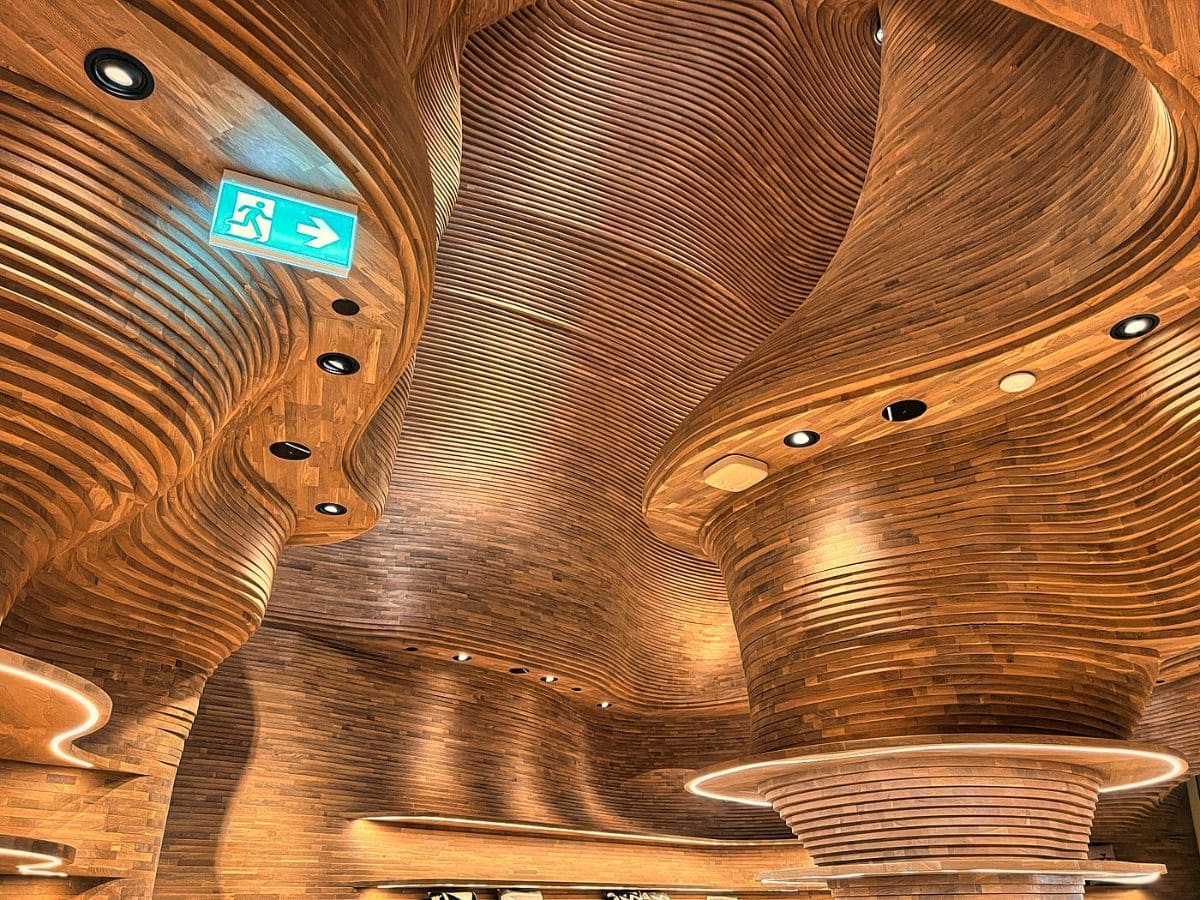
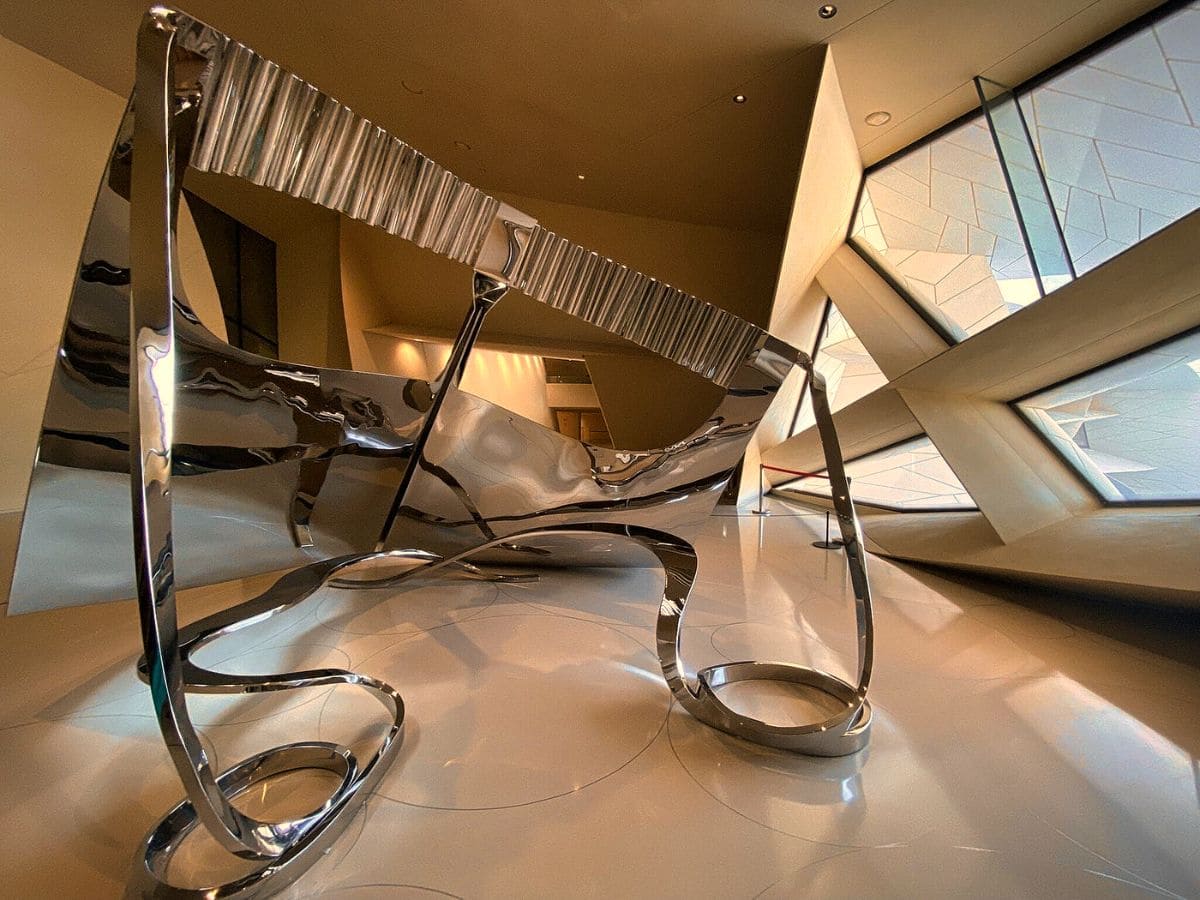
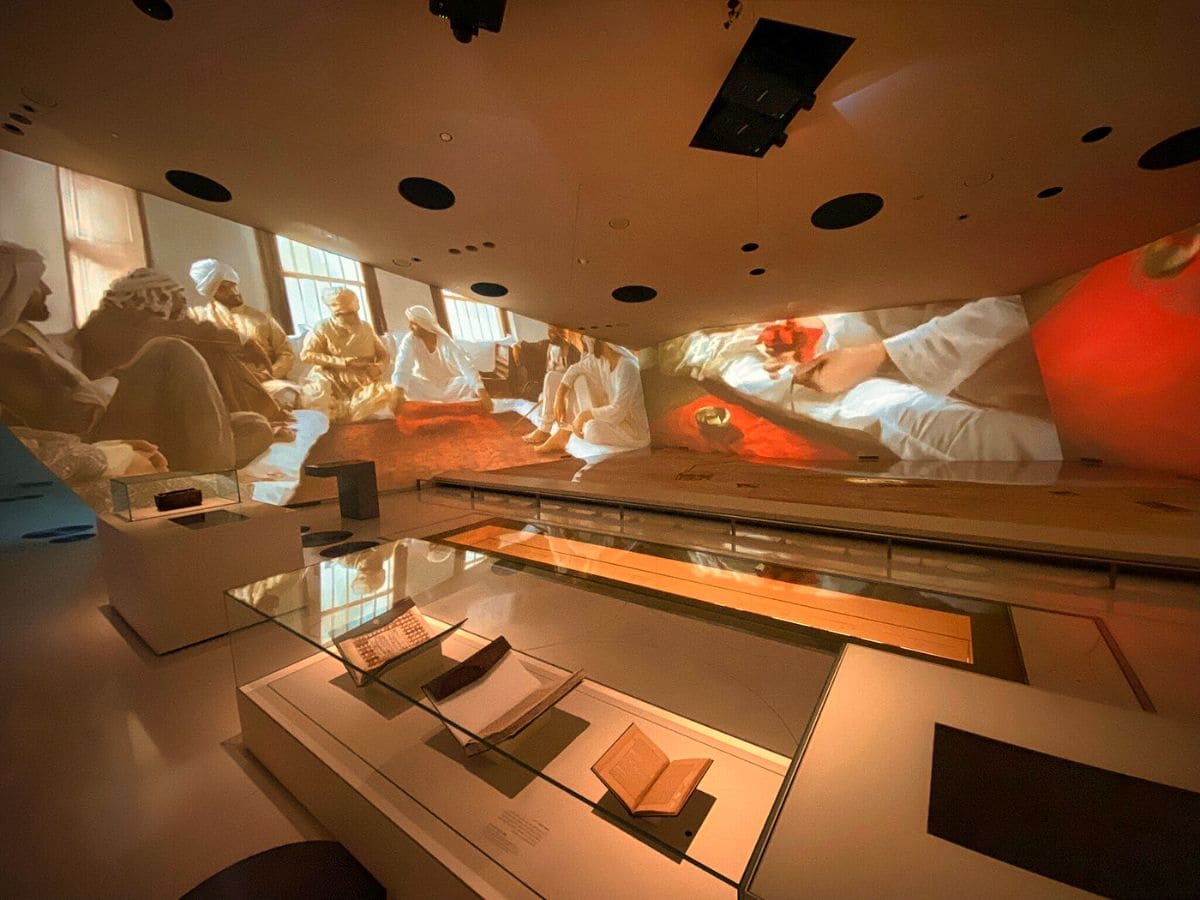

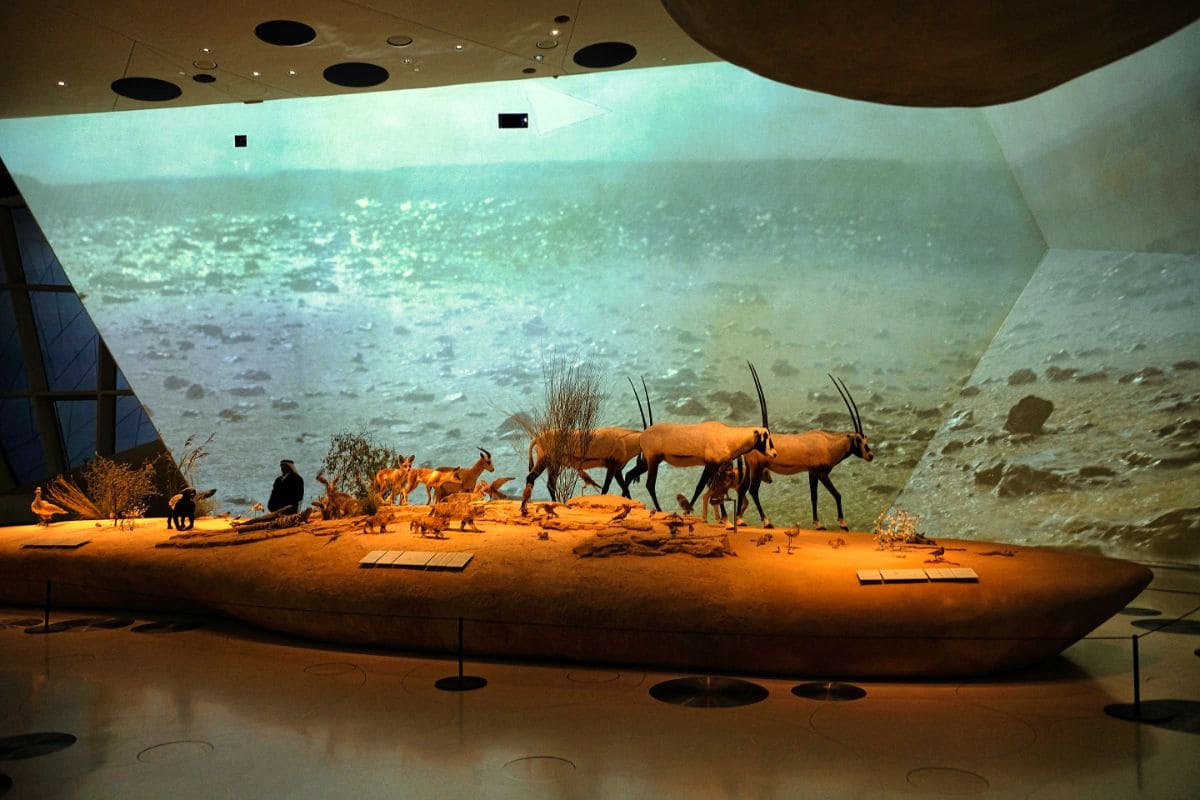

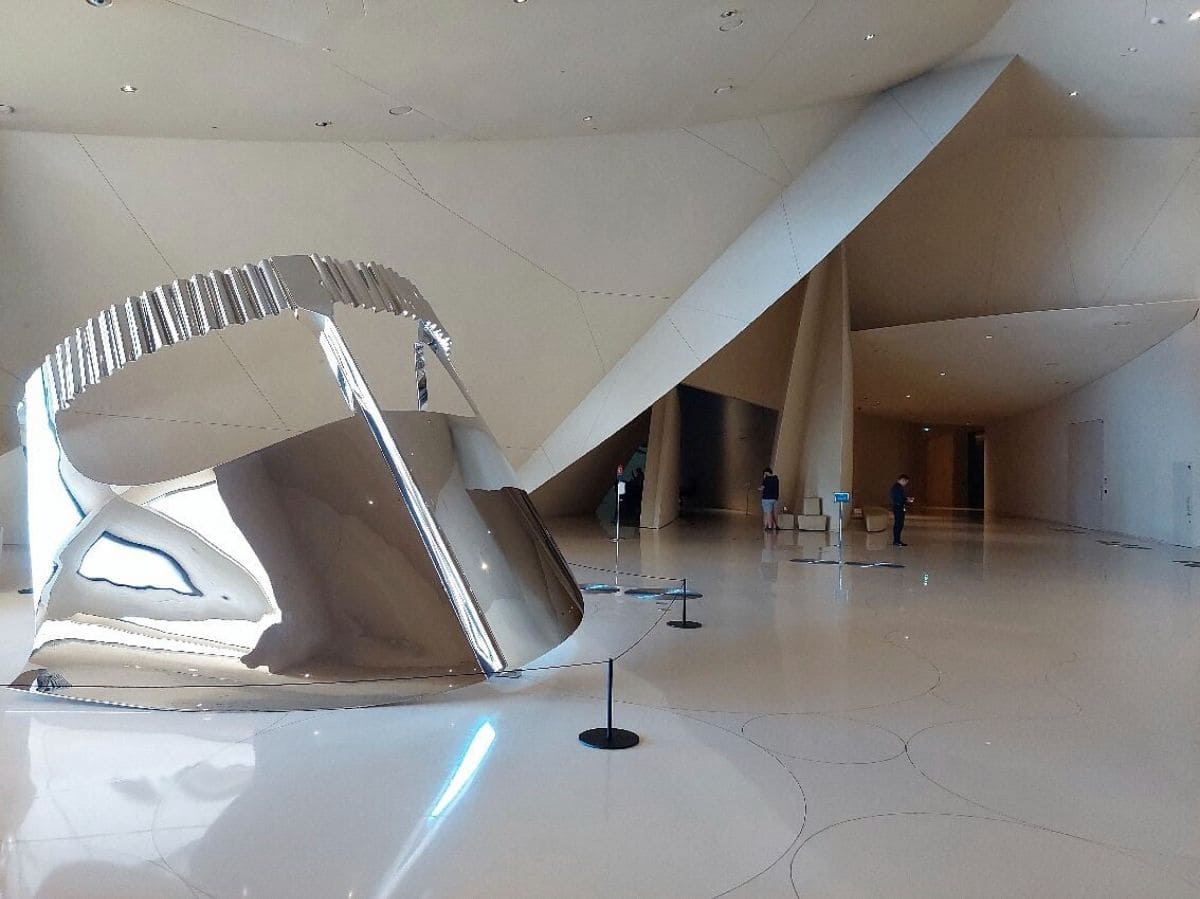
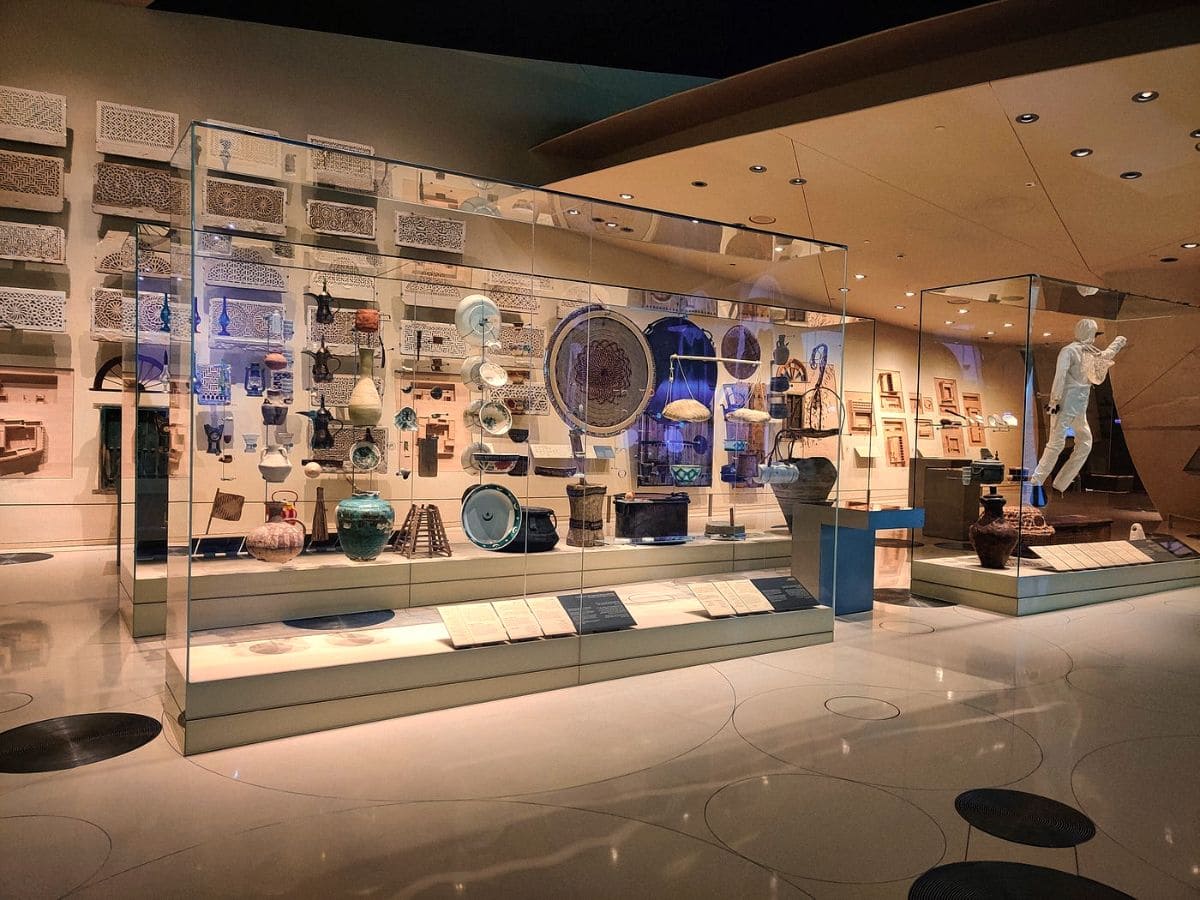
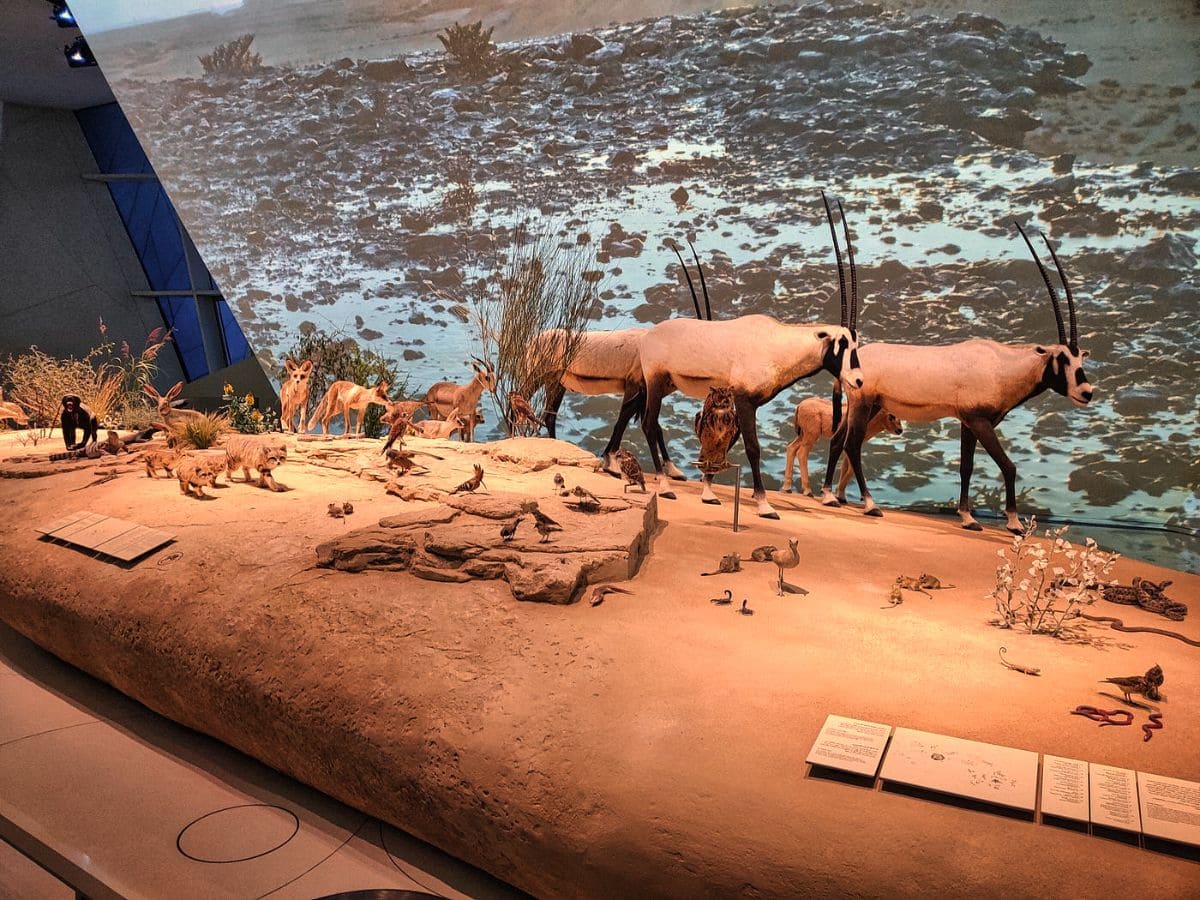
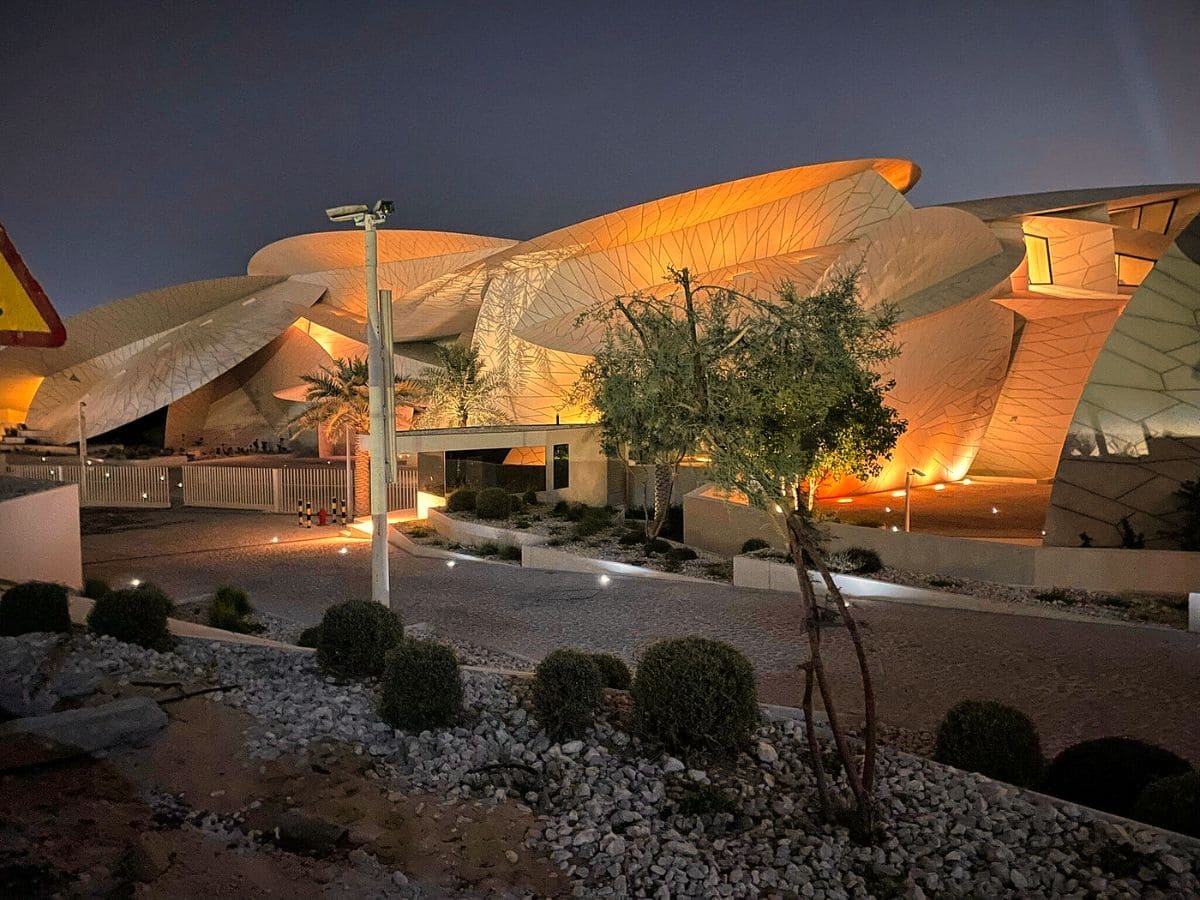
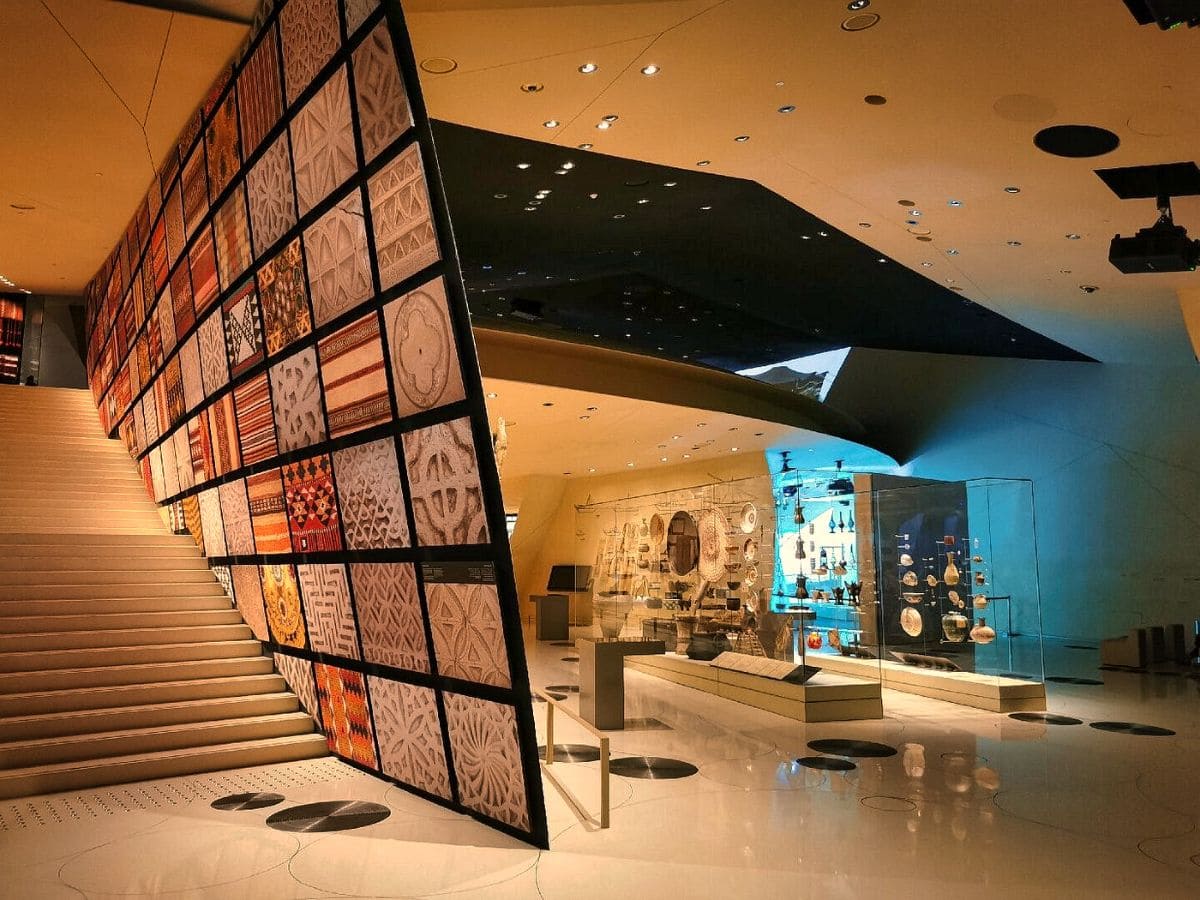

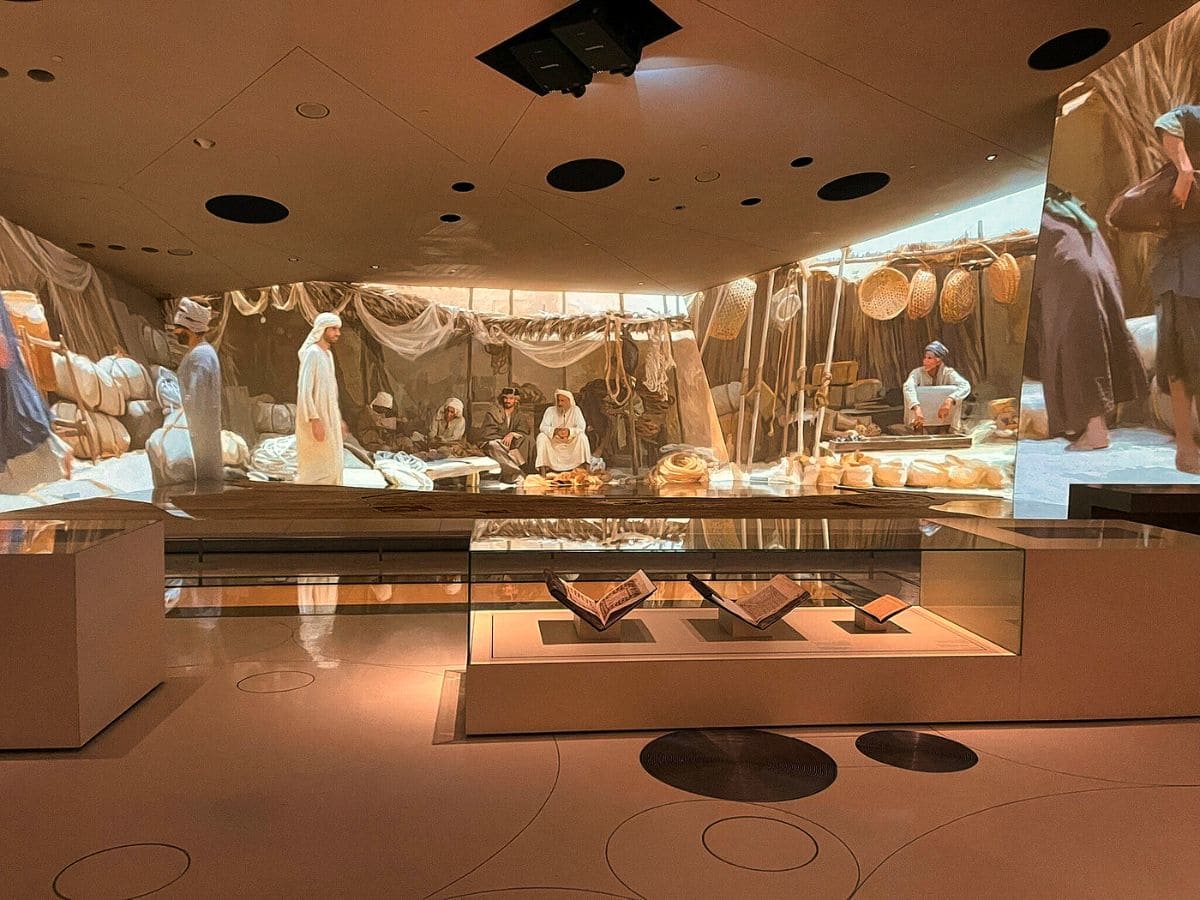
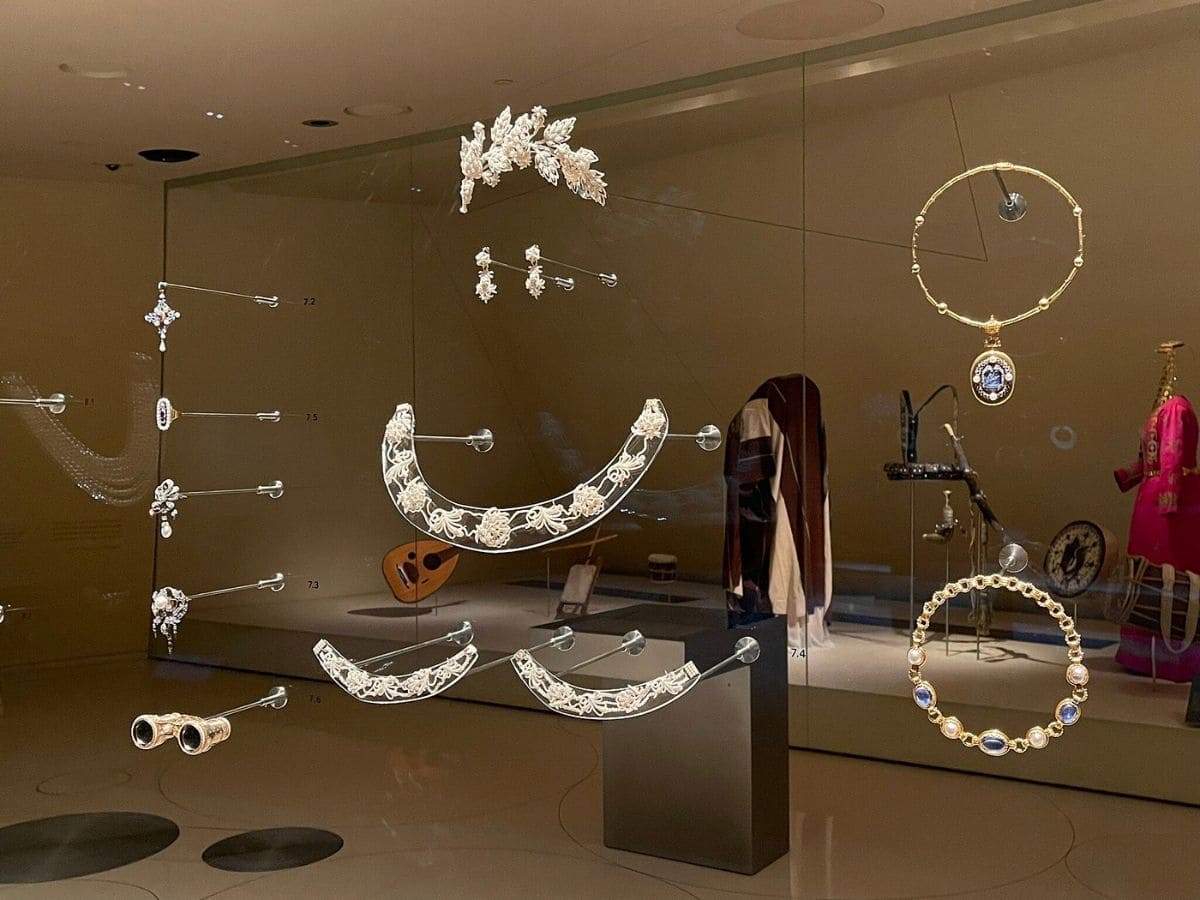
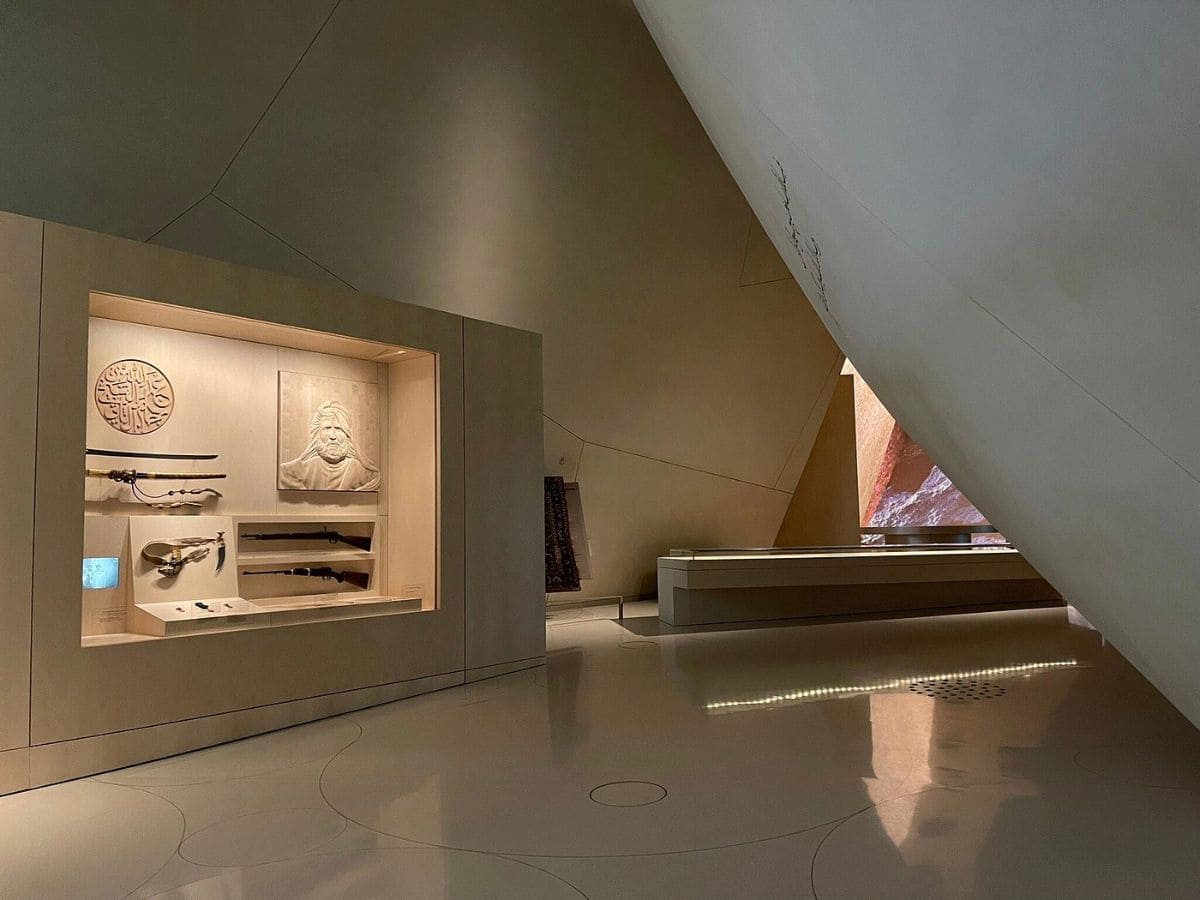
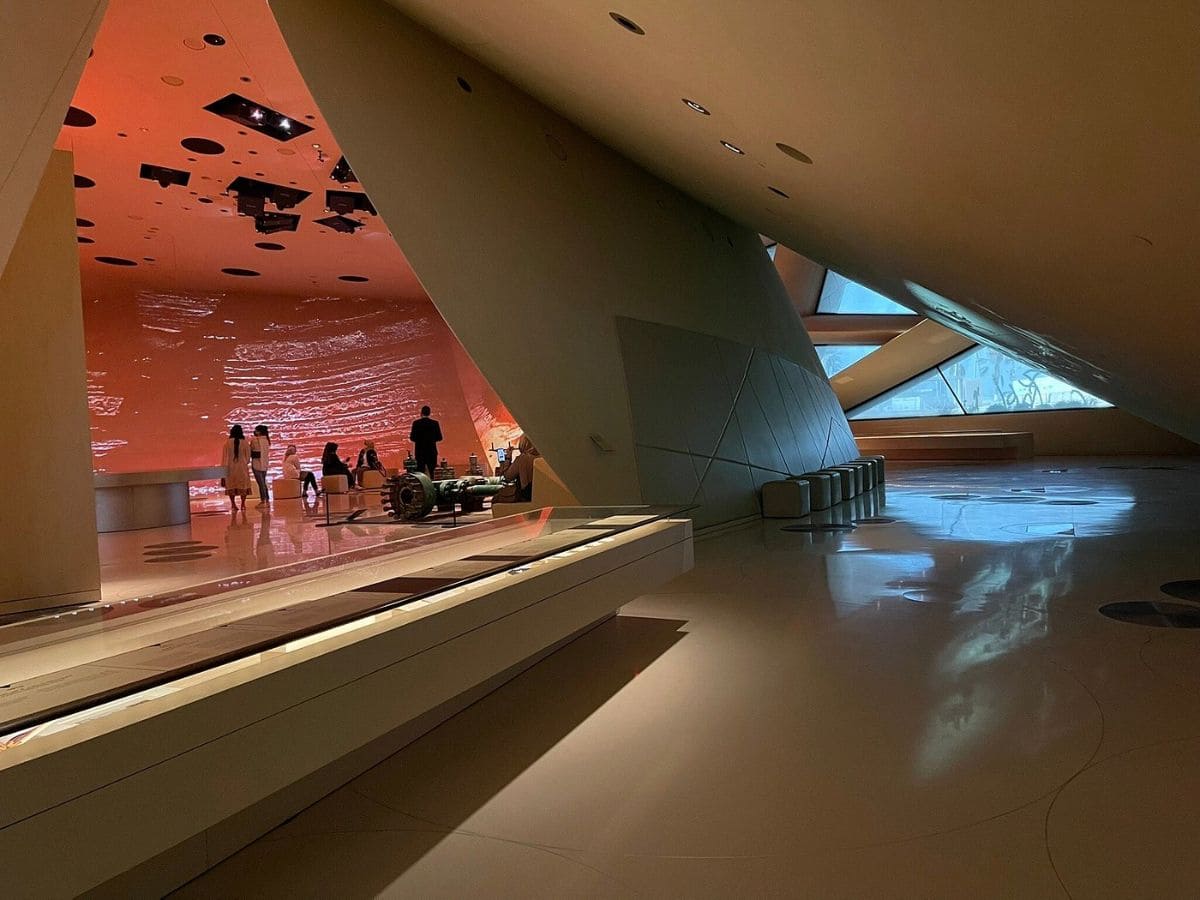


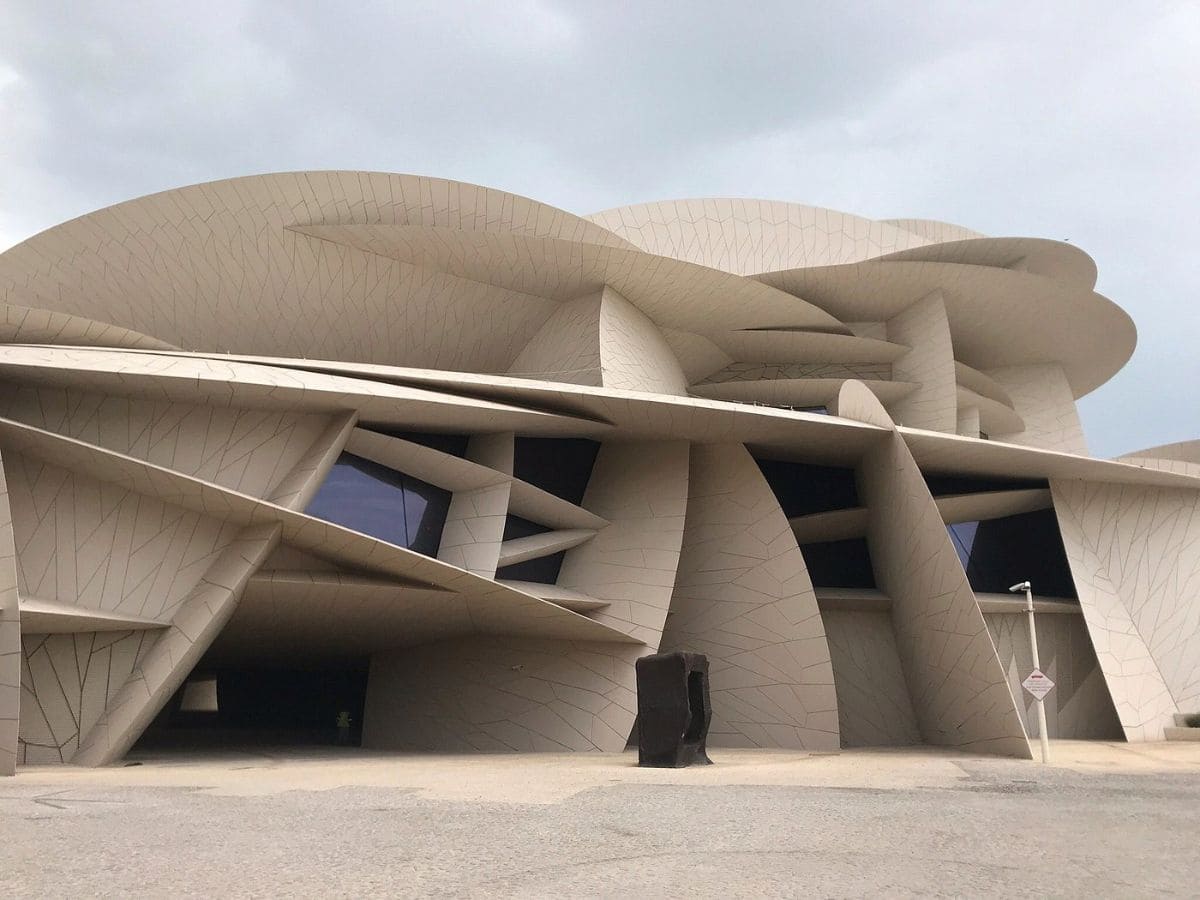
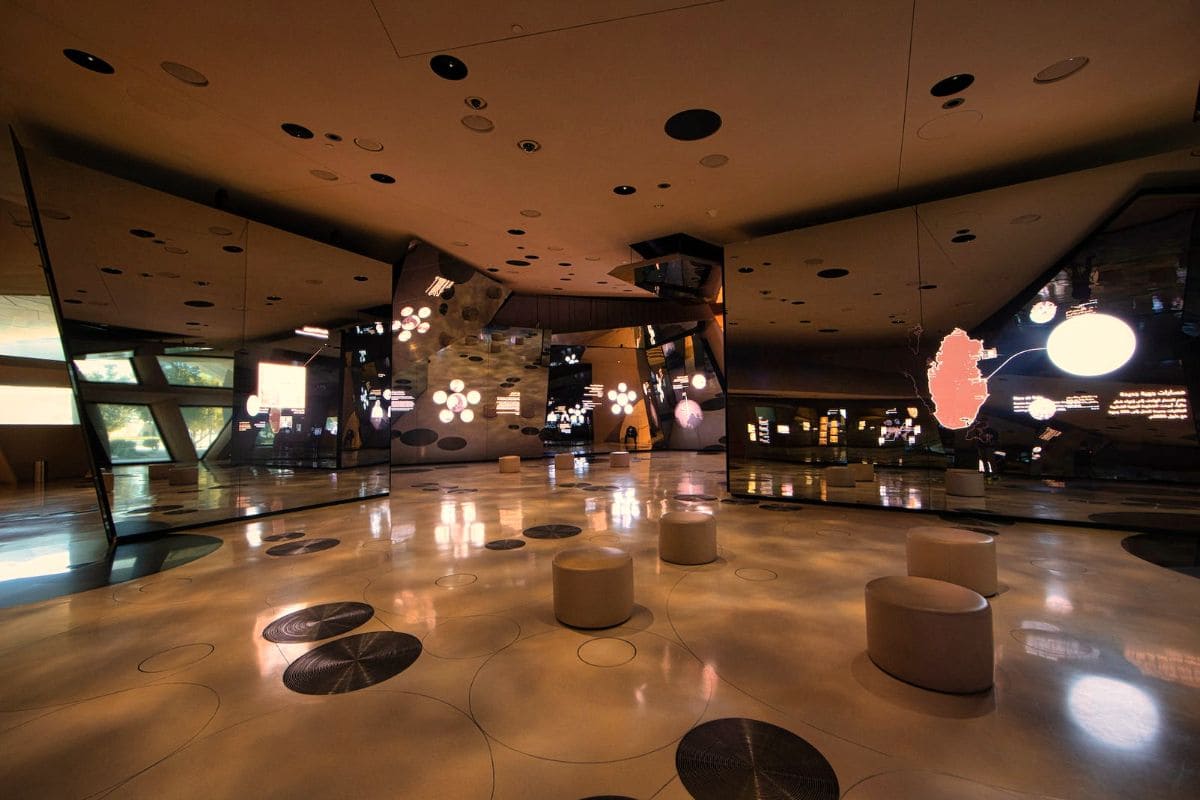















Add Review